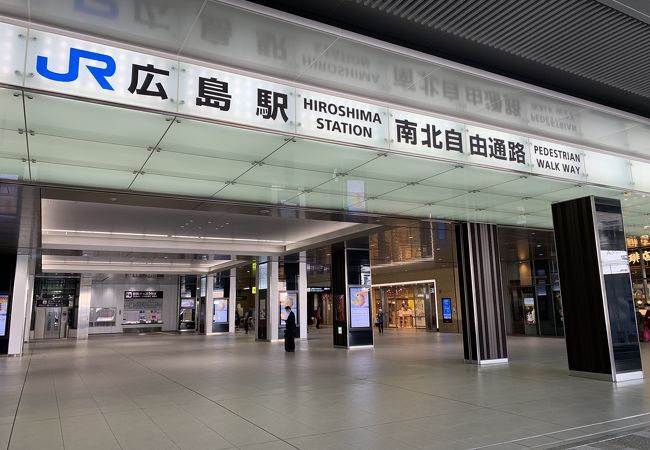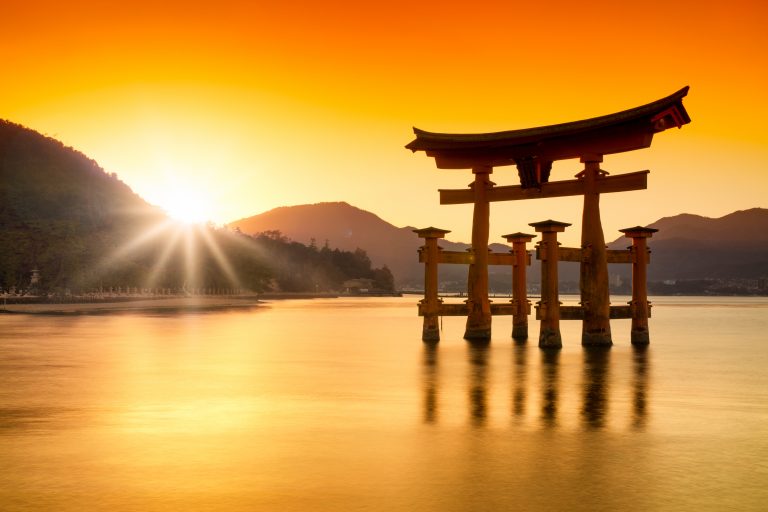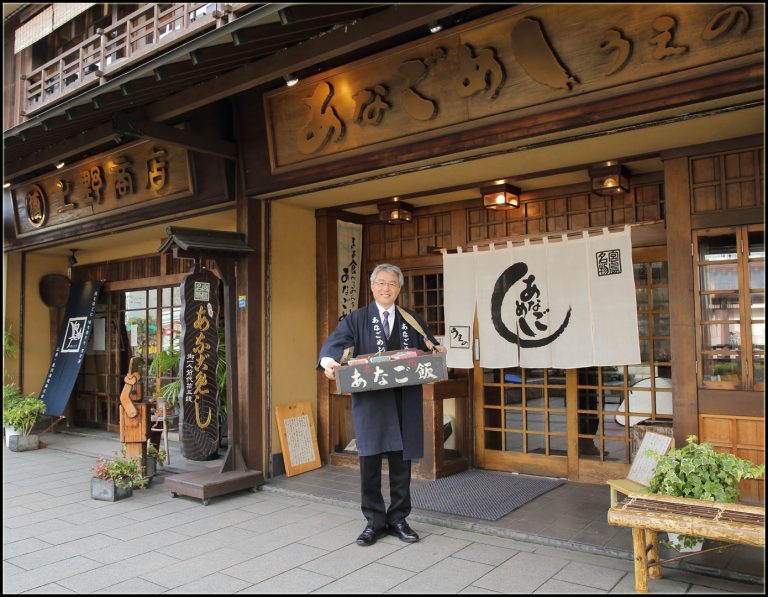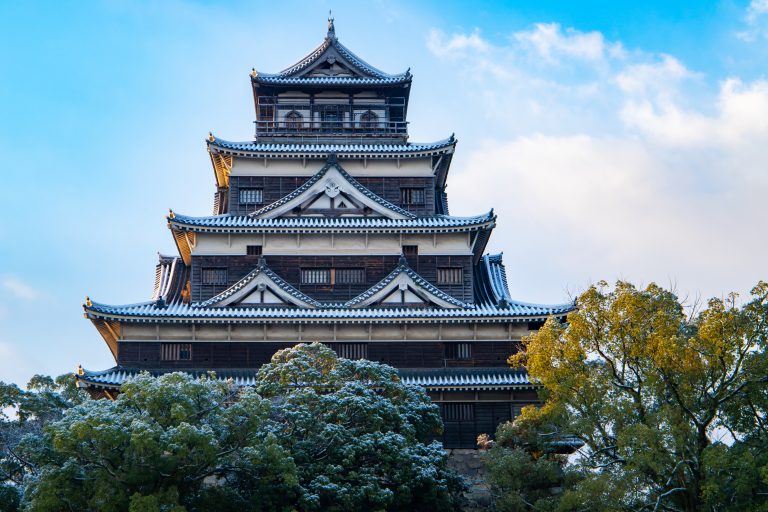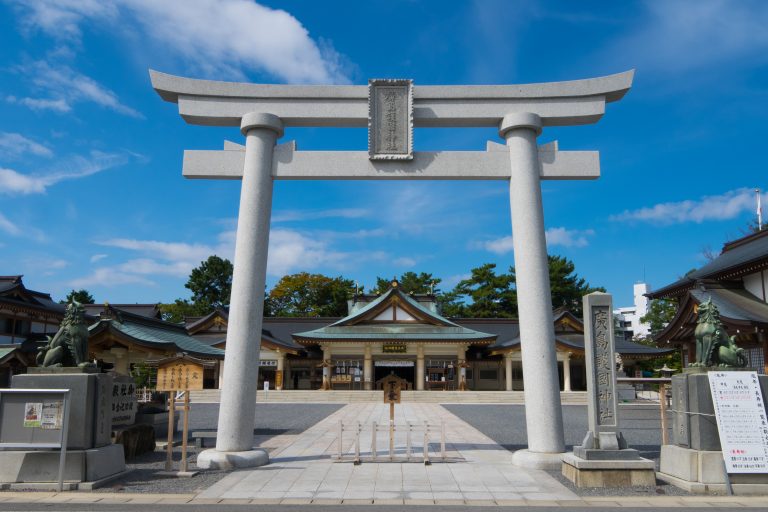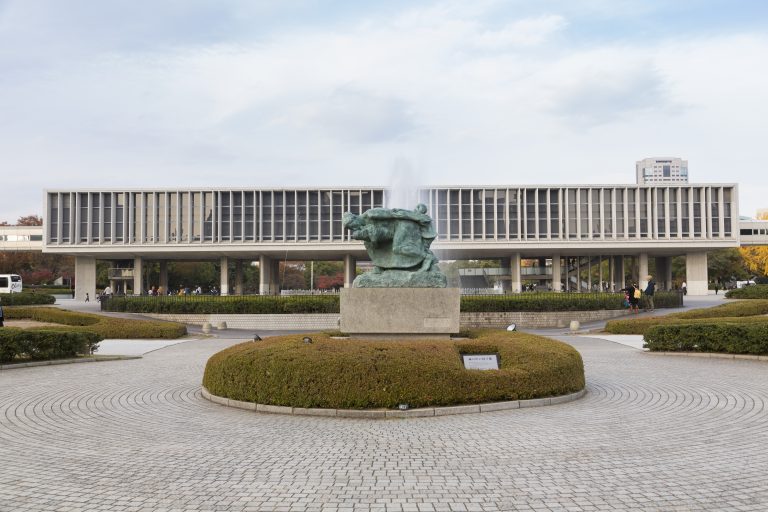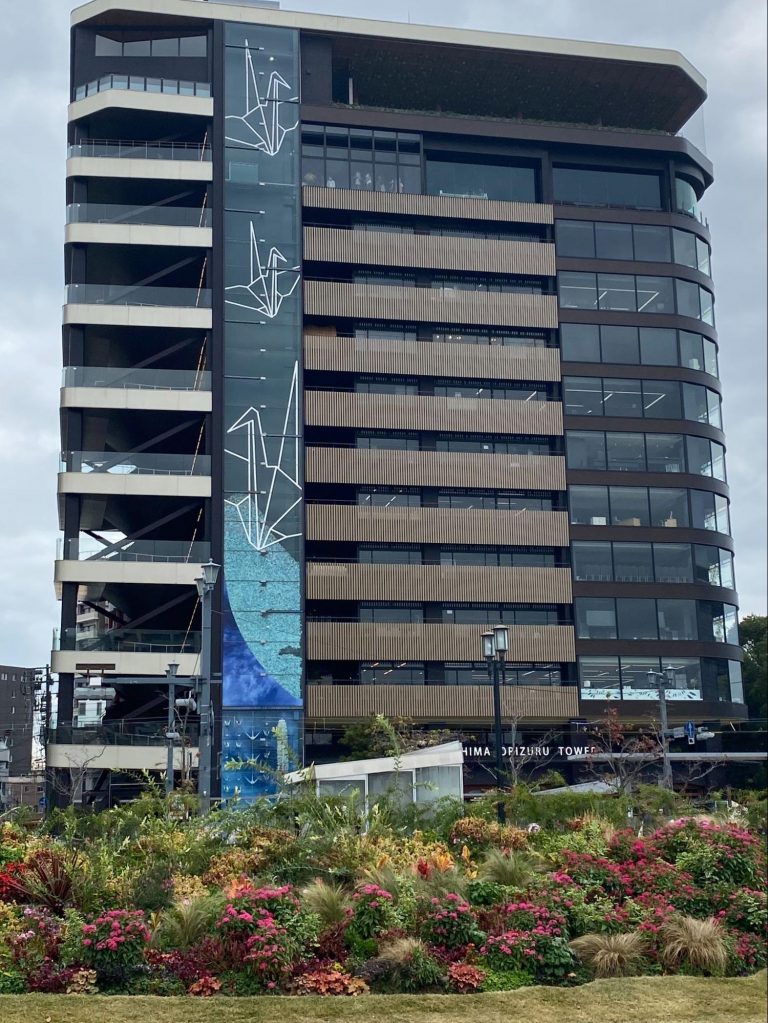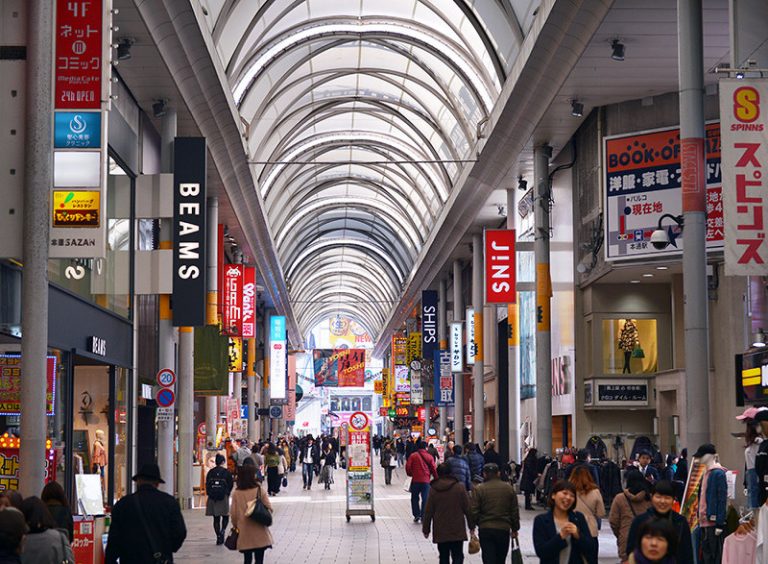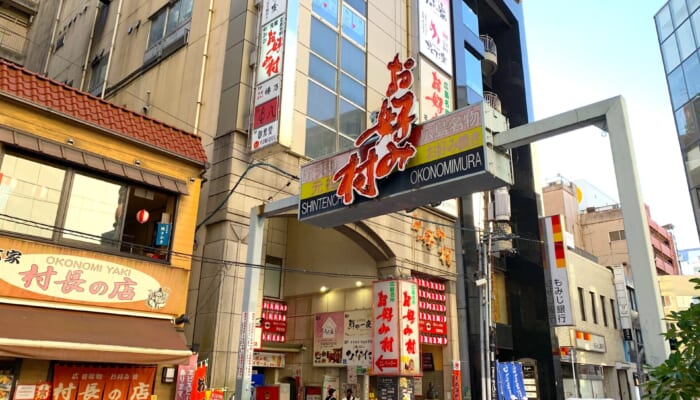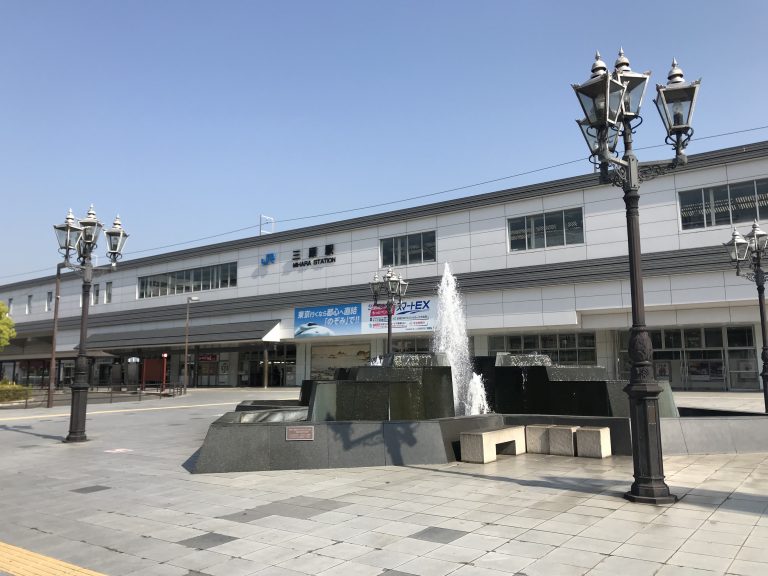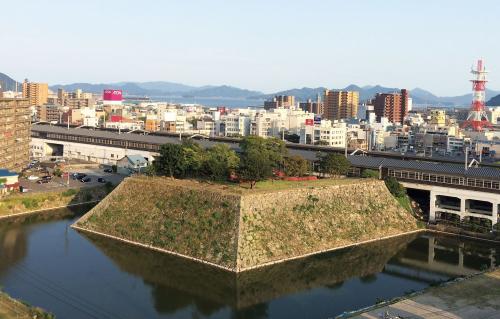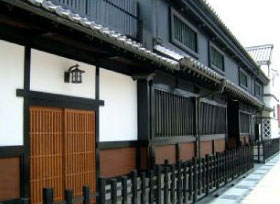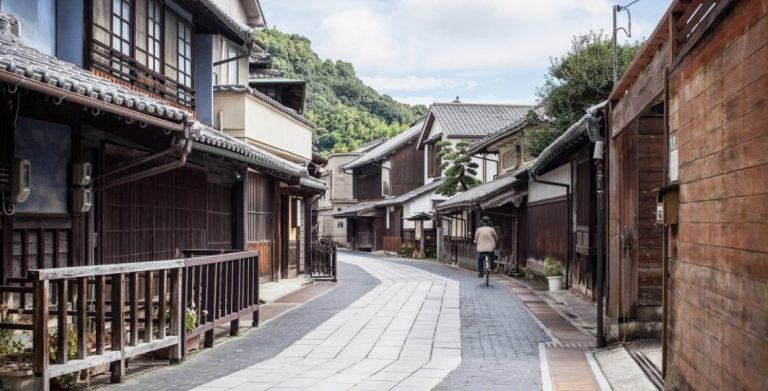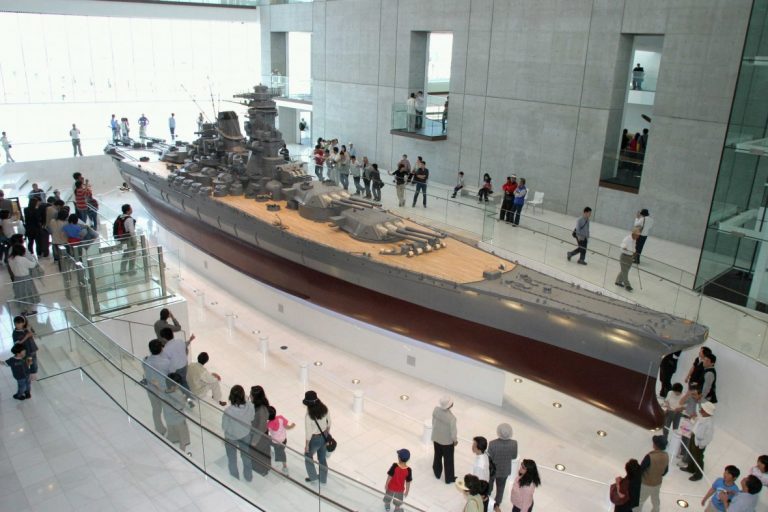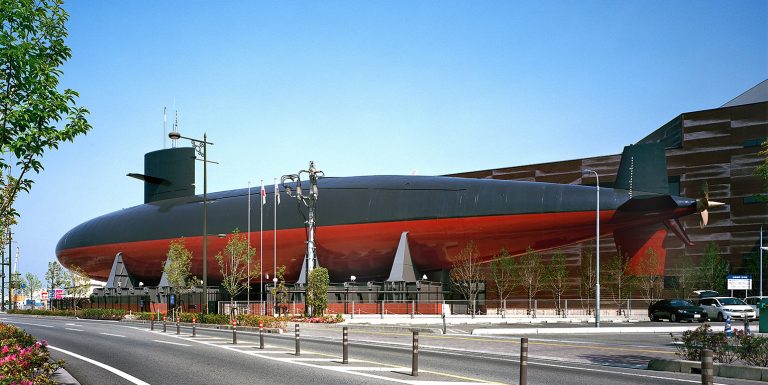Itineraries 2day
World Heritage and History of Hiroshima
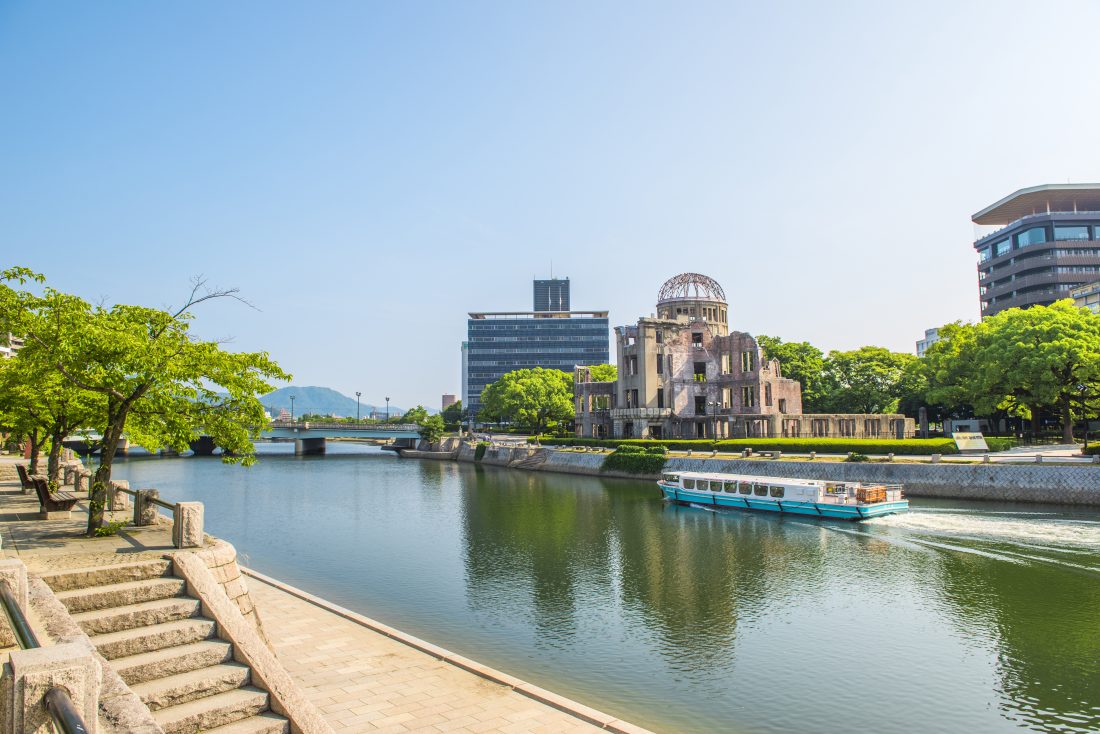
For first-time visitors to Hiroshima, this is a great plan full of must-see attractions. Enjoy two World Heritage Sites and the strong history of Hiroshima in just two days and one night.
Day 1
01 Hiroshima Station (広島駅)
Hiroshima Station is the bustling transportation hub of our peaceful city, and one of the principal entertainment hubs as well. All JR lines in the city stop here, and from here, people can take numerous buses and streetcars anywhere in the city, or even out of town. The ekie shopping complex located inside the station building also has no shortage of restaurants and souvenir shops to keep visitors busy for hours.
- Address
- 2-37 Matsubaracho, Minami Ward, Hiroshima City, Hiroshima Prefecture, JAPAN
Transportation: Miyajima Pier [JR Sanyo Line & JR Ferry, ~50 minutes]
02 Itsukushima Shrine (厳島神社)
Itsukushima Shrine is a famous shrine located on the island of Miyajima within the city limits of Hatsukaichi, Hiroshima Prefecture. Itsukushima Shrine was initially built in the year 593, but it was not until the year 1168 that the military leader Taira no Kiyomori rebuilt the shrine into its present magnificent state. The gods enshrined at the shrine are known as the Munakata Sanjojin. (Three Goddesses of Munakata) They are believed to have power over maritime safety, fishing, traffic safety, and business prosperity. In 1996, Itsukushima Shrine was registered as a UNESCO World Heritage Site along with the Atomic Bomb Dome.
(Admission Fee)
Adult – ¥300
High School student – ¥200
Elementary/Junior High School
student – ¥100
(Admission & Treasure House
set)
Adult – ¥500
High School student – ¥300
Elementary/Junior High School
student – ¥150
※ If you are a student, please
present your passport or
school ID at reception when
purchasing your ticket.
- Address
- 1-1 Miyajima-cho, Hatsukaichi, Hiroshima Prefecture, JAPAN
03 Miyajima Omotesando Shopping Street (宮島表参道商店街)
The Omotesando shopping street is the main street of Miyajima, with many souvenir stores, cafés, and restaurants. On weekends and holidays the street becomes crowded with tourists, as there are many nearby tourist attractions like Itsukushima Shrine or Senjokaku five-storied pagoda. There are many stores lined along the street where you can and walk around, eat and enjoy many specialties such as “agemomiji,” which are deep-fried momiji manju, and “anago chikuwa,” which is grilled conger eel fish paste on a (traditionally bamboo but now cardboard) tube.
- Address
- 535 Miyajimacho, Hatsukaichi, Hiroshima Prefecture, JAPAN
Transportation: Miyajima-guchi Pier [JR Ferry, ~10 minutes]
04 etto (エット)
Located just off Miyajimaguchi Pier, etto is a new tourist facility that opened in 2020. Etto derives its name from a Hiroshima dialect word meaning “many,” and as the name suggests, it offers a wide variety of souvenirs and food related to Hiroshima. The facility is divided into two areas: the “Itsukushi Marché” on the first floor, consisting mainly of souvenir stores and eateries, and the “Ogottsuo Dining” restaurant area on the second floor, where you can enjoy Hiroshima’s culinary specialties.
- Address
- 1-11-8 Miyajimaguchi, Hatsukaichi, Hiroshima Prefecture, JAPAN
05 Anago-meshi Ueno Miyajimaguchi Flagship Store (あなごめしうえの宮島口本店)
Anago-meshi Ueno Miyajima-guchi Honten is a long-standing Japanese restaurant established in 1901. It specializes in anago (conger eel) dishes and serves Anago-Meshi, a specialty of Miyajima, along with oysters. This location offers anago-meshi using freshly grilled conger eel in a special recipe. The restaurant also sells takeout anago-meshi lunch boxes.
- Address
- 1-5-11 Miyajimaguchi, Hatsukaichi, Hiroshima Prefecture, JAPAN
Transportation: Johoku Station [JR Sanyo & Astram Lines, ~40 minutes]
06 Hiroshima Castle (広島城)
Hiroshima Castle was built in the year 1599 by Hiroshima’s most powerful warrior and leader at the time, Mori Terumoto. The castle featured a five-story Castle Tower, a Honmaru Palace, and a moat that flows like a river. Unfortunately, both the Castle Tower and the Honmaru Palace were destroyed by the atomic bombing in 1945, and only the Castle Tower has been reconstructed. The castle tower now houses the Hiroshima Castle Museum, which exhibits materials related to Hiroshima’s history, the Mori family, local folklore, and natural history.
(Entry fee)
18+ – ¥370
Senior citizen – ¥180
High School student – ¥180
Junior High School student
or under – Free
※ For students and senior
citizens, please present
identification to verify your age
such as your passport, or
school ID, at reception when
purchasing your ticket.
- Address
- 21-1 Motomachi, Naka Ward, Hiroshima City, Hiroshima Prefecture, JAPAN
07 Hiroshima Gokoku Shrine (広島護国神社)
The Hiroshima Gokoku Shrine is located on the site of Hiroshima Castle, and is the largest shrine in the city center. Various festivals are held at the shrine, including the Especially 600,000 people visit the shrine in January As Hatsumoude (first visit of the new year) . Another popular festival is the Tondomatsuri. Held on January 15, every year it attracts many people who come to see the huge bonfires to pray for good health and family safety. If you are lucky, you might also see a wedding ceremony in the traditional Japanese kimono style, however you will have to watch from a distance.
- Address
- 21-2 Motomachi, Naka Ward, Hiroshima City, Hiroshima Prefecture, JAPAN
Transportation: Genbaku Dome-mae [Meipuru~pu Bus Orange OR Lemon Route, ~5 mins.]
08 Atomic Bomb Dome (原爆ドーム)
On August 6, 1945, the world’s first atomic bomb was dropped on Hiroshima. To this day, the Atomic Bomb Dome conveys the horror of the bomb’s destructive power and the extent of the damage it caused. The Atomic Bomb Dome avoided total destruction, although it was only about 160 meters from the blast’s hypocenter. However, all the people inside the building died instantly, and the beautiful Western-style exterior and interior were utterly destroyed, with only the building’s steel frame remaining intact. In 1996, the Atomic Bomb Dome was registered as a World Heritage Site to be an architectural reminder of the horrors of nuclear weapons.
- Address
- 1-10 Otemachi, Naka Ward, Hiroshima City, Hiroshima Prefecture, JAPAN
09 Hiroshima Peace Memorial Museum (広島平和記念資料館)
The Hiroshima Peace Memorial Museum is a facility that exhibits materials related to the atomic bombings. Such items include artifacts of A-bomb survivors as well as photographs and drawings that illustrate the devastation of the bombing. More than 400,000 foreign visitors have visited the museum to date, and overseas visitors account for 20-30% of the total number of visitors. The exhibits at the Hiroshima Peace Memorial Museum are divided into five areas in total and appeal to the world for peace from two main perspectives: “What happened in Hiroshima on August 6, 1945, and how the city was rebuilt,” and “How terrible and destructive nuclear weapons really are.” Audioguides (400 yen per unit) are also available for rent to help visitors learn more about the exhibits. The audio guides are available in Japanese, English, Chinese, Korean, French, Spanish, Portuguese, German, Italian, Russian, and Thai.
(Exhibition admission fee)
18+ – ¥200
High School student – ¥100
Junior High School student
or under – Free
※ If you are a student, please
present your passport or
school ID at reception when
purchasing your ticket.
- Address
- 1-2 Nakajima-cho, Naka Ward, Hiroshima City, Hiroshima Prefecture, JAPAN
10 Orizuru Tower (おりづるタワー)
HIROSHIMA ORIZURU TOWER is a tourist attraction located next to the Atomic Bomb Dome. The north walls of the building are decorated with illustrations of ‘Orizuru’ paper cranes, which symbolize peace. The building also occasionally plays host to seasonal events. The first floor has a café and souvenir shop, and the 12th floor is “ORIZURU SQUARE,” where visitors can try their hand at making paper cranes. On the rooftop, there is an observation deck called “HIROSHIMA HILLS,” where you can enjoy a panoramic view of Hiroshima City and spend time relaxing.
The most attractive part of HIROSHIMA ORIZURU TOWER is the spectacular view of Hiroshima from the rooftop observation deck, from which you can enjoy a breathtaking view of the the Wolrd Heritage A-bomb Dome Site, Peace Memorial Park, Hiroshima Castle, and other parts of the city. The observation deck is covered, so you can enjoy the view even in the rain. Also, at the “ORIZURU SQUARE” on the 12th floor, you can enjoy making ‘Orizuru’ paper cranes. You can then throw your ‘Orizuru’ into the “ORIZURU WALL.”- a distinct glass display filled with paper cranes and the hopes and wishes that accompany them from all around the world!
- Address
- 1-2-1 Otemachi, Naka Ward, Hiroshima City, Hiroshima Prefecture, JAPAN
11 Hondori Shopping Street (本通商店街)
The bustling downtown area called Hondori is named after the pedestrian-only arcade shopping street that symbolizes the city. This shopping street is lined with clothing stores representing Japan and countries around the world. At night, the neon lights of izakaya (Japanese pubs) and pubs come on all at once. Ramen specialty stores and sushi restaurants with counter seating are open until midnight. Nearby, Okonomimura is a collection of restaurants specializing in Hiroshima’s special okonomiyaki.
- Address
- Hondori, Naka Ward, Hiroshima City, Hiroshima Prefecture, JAPAN
12 Okonomi Village (お好み村)
Okonomi Village is a multi-storied building filled to the brim with vendors selling the exact same product: okonomiyaki and teppanyaki with alcoholic beverages and soft drinks. Pretty much every store inside has a history behind it, and while some establishments’ okonomiyaki may taste better than others’, you won’t find a terrible okonomiyaki inside here. Lots of locals swing by during lunch breaks or on the way home from work, and some undoubtedly have found a store in here that they swear by.
- Address
- 5-13 Shintenchi, Naka-ku, Hiroshima 730-0034 Hiroshima Prefecture
Lodging: RIHGA Royal Hotel Hiroshima
Day 2
01 RIHGA Royal Hotel Hiroshima (リーガロイヤルホテル広島)
The RIHGA Royal Hotel Hiroshima is attached to the Pacela shopping center downtown, and also well renowned by Hiroshimarians. There is a plethora of eateries to be found within the hotel itself, so even those who don’t stay overnight have a good reason to visit. In addition, the hotel is right across the street from the Hiroshima Museum of Art and near the Hiroshima Bus Center, making it a near-perfect choice of accommodation for tourists.
- Address
- 6-78 Motomachi, Naka Ward, Hiroshima City, Hiroshima Prefecture, JAPAN
Transportation: Mihara Station [Bus & JR Sanyo Line, ~90 minutes]
02 Mihara Station (三原駅)
From the moment passengers step off the train, tourism is instantly possible as the Mihara Castle Ruins are visible from the platform. Mihara Station forms part of the center of Mihara City, and as such, numerous stores and restaurants of interest are concentrated around here. Drop by one of the okonomiyaki joints in the middle of sightseeing for an exclusive Miharayaki, renowned for adding fresh chicken offal as a topping.
- Address
- 1-1-1 Shiromachi, Mihara, Hiroshima Prefecture, JAPAN
03 Mihara Castle Ruins (三原城跡)
The Mihara Castle Ruins are the ruins of the great Mihara Castle that once existed in Mihara City, Hiroshima Prefecture. Although only a part of the castle still exists, such as the castle tower (the stone foundation of the castle tower), the moat surrounding the castle, and the Funairi Tower, it is known as a popular tourist spot visited by most of the tourists who come to Mihara City for sightseeing due to its convenience of being just a short walk from JR Mihara Station. This is one of the few places in Japan where you can see part of the castle ruins from the platform of JR Mihara Station, or even from the JR train.
- Address
- 1-1 Shiromachi, Mihara, Hiroshima Prefecture, JAPAN
04 Suishin Yamane Flagship Store (酔心山根本店)
Suishin is a sake manufacturer based in Mihara with a history dating back to 1860. While the technology involved in making sake has evolved, the base recipe and high quality have not changed one bit. Since Suishin is so famous in Hiroshima Prefecture, sometimes they set up a temporary stand in other cities like Hiroshima or Fukuyama and hold sake tasting events.
- Address
- 1-5-58 Higashimachi, Mihara, Hiroshima Prefecture, JAPAN
05 Okonomiyaki Tetchan (お好み焼 てっちゃん)
Okonomiyaki Tetchan is a popular okonomiyaki restaurant in Mihara City. There are 7 other restaurants all thoughout Japan including Hiroshima, Osaka, Tokyo, boasting nationwide popularity. Okonomiyaki Tetchan offers a wide variety of okonomiyaki, including modern-yaki (Osaka-style but with noodles) and Mihara-yaki topped with chicken offal. Mihara-yaki is a very rare dish that can only be found in the Mihara okonomiyaki restaurants in Hiroshima Prefecture.
- Address
- 1-5-25 Shiro-machi, Mihara, Hiroshima Prefecture, JAPAN
Transportation: Takehara Station [JR Kure Line, ~35 minutes]
06 Takehara Preserved Historic District (たけはら町並み保存地区)
Known as “Aki’s Little Kyoto,” the Takehara Preserved Historic District is a tourist spot where you can see the old streets of Takehara City, which has prospered since ancient times. Lined with old houses and warehouses that are over several hundred years old the area has been selected as a national important traditional building preservation district. Once you step into the district, you will feel as if you have taken a step back in time to traditional Japan.
- Address
- 3-11-7 Honmachi, Takehara, Hiroshima Prefecture, JAPAN
Transportation: Kure Station [JR Kure Line, ~75 minutes]
07 Yamato Museum, a.k.a. Kure Maritime Museum (大和ミュージアム、又の名を呉市海事歴史科学館)
Kure City was once the location of the largest naval arsenal in Japan. During World War II, the city built the great Battleship Yamato, which was one of the world’s largest battleships at the time. After the war, the city built many of the world’s largest trading tankers, and today Kure continues to flourish as a shipbuilding town. The Yamato Museum, located a five-minute walk from Kure Station, is a museum that introduces the modern history of Kure’s use as a military port and Kure’s world-class shipbuilding and their application of science and technology over the ages. The museum has valuable artifacts such as a full-size Type 62 Zero fighter plane and an exhibition room that explains shipbuilding and other scientific advancements in a step-by-step manner that is easy to understand for everyone.
(Exhibition Admission Fee)
General (University students
and above) – ¥500
High School students – ¥300
Elementary/Junior High School
students – ¥200
Preschoolers – Free
※ If you are a student, please
present your passport or
school ID at reception when
purchasing your ticket.
- Address
- 5-20 Takara-cho, Kure, Hiroshima Prefecture, JAPAN
08 Japan Maritime Self-Defense Force Kure Museum, a.k.a. Iron Whale Museum (海上自衛隊呉史料館、又の名をてつのくじら館)
The Japan Maritime Self-Defense Force Kure Museum (also known as the Iron Whale Museum) is the only museum in Japan that displays an actual full-size submarine above water. The museum has documents on the Maritime Self-Defense Force’s history, which still has its main base in Kure. The museum also has information on the functions of the underwater minesweeping taskforce, whose mission is to find and dispose of mines and other hazardous materials. There is also information on the history and technologies used in submarines and daily activities on board the vessels.
Free admission
- Address
- 5-32 Takaracho, Kure, Hiroshima Prefecture, JAPAN
Return to Hiroshima Station to stay another night or catch a Shinkansen to your next destination.
Hiroshima Station (広島駅)
2-37 Matsubaracho, Minami Ward, Hiroshima City, Hiroshima Prefecture, JAPAN
Itsukushima Shrine (厳島神社)
1-1 Miyajima-cho, Hatsukaichi, Hiroshima Prefecture, JAPAN
Miyajima Omotesando Shopping Street (宮島表参道商店街)
535 Miyajimacho, Hatsukaichi, Hiroshima Prefecture, JAPAN
etto (エット)
1-11-8 Miyajimaguchi, Hatsukaichi, Hiroshima Prefecture, JAPAN
Anago-meshi Ueno Miyajimaguchi Flagship Store (あなごめしうえの宮島口本店)
1-5-11 Miyajimaguchi, Hatsukaichi, Hiroshima Prefecture, JAPAN
Hiroshima Castle (広島城)
21-1 Motomachi, Naka Ward, Hiroshima City, Hiroshima Prefecture, JAPAN
Hiroshima Gokoku Shrine (広島護国神社)
21-2 Motomachi, Naka Ward, Hiroshima City, Hiroshima Prefecture, JAPAN
Atomic Bomb Dome (原爆ドーム)
1-10 Otemachi, Naka Ward, Hiroshima City, Hiroshima Prefecture, JAPAN
Hiroshima Peace Memorial Museum (広島平和記念資料館)
1-2 Nakajima-cho, Naka Ward, Hiroshima City, Hiroshima Prefecture, JAPAN
Orizuru Tower (おりづるタワー)
1-2-1 Otemachi, Naka Ward, Hiroshima City, Hiroshima Prefecture, JAPAN
Hondori Shopping Street (本通商店街)
Hondori, Naka Ward, Hiroshima City, Hiroshima Prefecture, JAPAN
Okonomi Village (お好み村)
5-13 Shintenchi, Naka-ku, Hiroshima 730-0034 Hiroshima Prefecture
RIHGA Royal Hotel Hiroshima (リーガロイヤルホテル広島)
6-78 Motomachi, Naka Ward, Hiroshima City, Hiroshima Prefecture, JAPAN
Mihara Castle Ruins (三原城跡)
1-1 Shiromachi, Mihara, Hiroshima Prefecture, JAPAN
Suishin Yamane Flagship Store (酔心山根本店)
1-5-58 Higashimachi, Mihara, Hiroshima Prefecture, JAPAN
Okonomiyaki Tetchan (お好み焼 てっちゃん)
1-5-25 Shiro-machi, Mihara, Hiroshima Prefecture, JAPAN
Takehara Preserved Historic District (たけはら町並み保存地区)
3-11-7 Honmachi, Takehara, Hiroshima Prefecture, JAPAN
Yamato Museum, a.k.a. Kure Maritime Museum (大和ミュージアム、又の名を呉市海事歴史科学館)
5-20 Takara-cho, Kure, Hiroshima Prefecture, JAPAN
Japan Maritime Self-Defense Force Kure Museum, a.k.a. Iron Whale Museum (海上自衛隊呉史料館、又の名をてつのくじら館)
5-32 Takaracho, Kure, Hiroshima Prefecture, JAPAN

